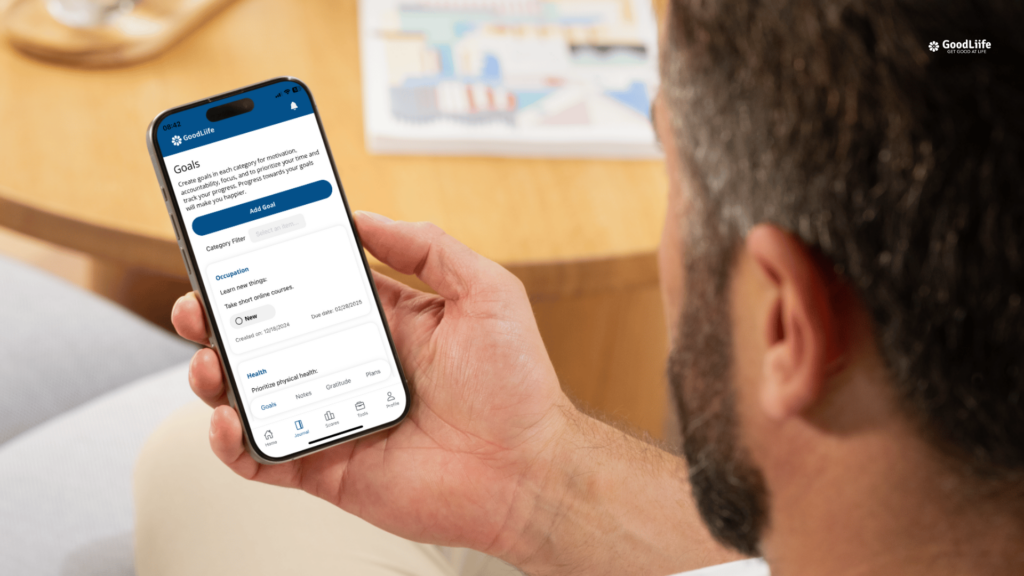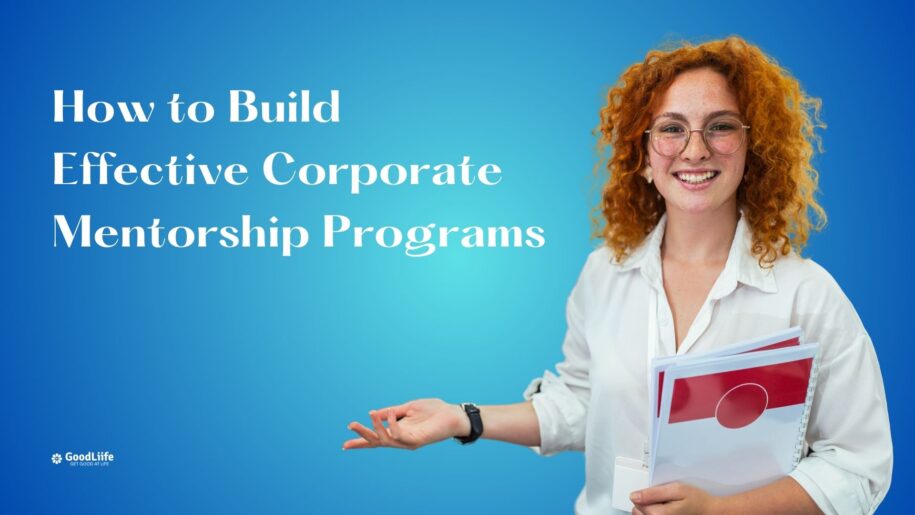Corporate mentorship programs are powerful tools that foster employee development, enhance engagement, and build a culture of continuous learning. With the right structure and strategy, these programs can become key drivers of both individual and organizational success. This step-by-step guide will walk you through designing an impactful corporate mentorship program that delivers measurable results.
1. Define Clear Objectives
Before launching a mentorship program, identify what you want to achieve. Objectives could include:
- Improving employee retention
- Supporting career development
- Building leadership pipelines
- Enhancing company culture
Clearly defined goals will help you align program activities with organizational priorities and measure success effectively. These objectives should be specific, measurable, achievable, relevant, and time-bound (SMART) to ensure clarity and focus throughout the program.
2. Gain Leadership Buy-In
A successful mentorship program requires support from leadership. Present your objectives and outline the benefits to gain their endorsement. Highlight how mentorship can align with strategic goals, such as increasing employee satisfaction or fostering innovation. Leadership involvement can also lend credibility to the program and encourage broader participation across the organization.
3. Identify Target Participants
Determine who will participate in the program. Will it target:
- New hires?
- High-potential employees?
- Individuals in leadership development tracks?
Understanding your audience will help tailor the program’s structure to their specific needs. Conduct surveys or focus groups to gather input on what employees expect from mentorship opportunities.
4. Design the Program Structure
Key components of an effective mentorship program include:
- Mentor-Mentee Matching: Use personality assessments, skills, and career goals to pair participants. Consider using software tools to enhance the matching process for better compatibility.
- Program Format: Decide on formal vs. informal mentoring, one-on-one vs. group mentoring, or hybrid models. Each format offers unique benefits and can be adapted to different objectives.
- Duration: Set a clear timeline, such as six months or a year. Flexibility can also be built in to accommodate participant needs.
- Goal-Setting Framework: Encourage mentors and mentees to set specific, actionable goals that align with their personal and professional aspirations.
5. Provide Training and Resources
Ensure mentors and mentees are well-prepared by offering training sessions. Topics could include effective communication, setting expectations, and providing constructive feedback. Equipping participants with resources ensures a smooth and productive mentoring experience. Provide ongoing support through check-ins, guides, and access to additional learning materials.
6. Set Clear Expectations
Establish guidelines for the program, such as:
- Frequency of meetings
- Goals for each session
- Confidentiality agreements
Providing a framework helps participants stay focused and accountable. Clearly defined expectations minimize misunderstandings and create a professional environment conducive to growth.
7. Monitor and Evaluate Progress
Use surveys, feedback forms, and progress check-ins to measure the program’s success. Track key metrics such as employee engagement scores, retention rates, and skill development. Regular evaluations will help identify what’s working and where adjustments are needed. Consider creating dashboards for real-time tracking of program effectiveness.
8. Recognize and Reward Participation
Celebrate the contributions of mentors and mentees through recognition programs, certificates, or company-wide shout-outs. Showing appreciation fosters ongoing commitment to the program. Public recognition can also encourage other employees to participate in future cycles.
9. Continuously Improve
Gather insights from participants and use the feedback to refine the program. Regularly updating the program ensures it remains relevant and effective over time. Stay informed about industry trends and best practices to incorporate innovative approaches into your mentorship strategy.
The Role of Technology in Mentorship Programs
Technology can simplify and enhance mentorship programs. Platforms that facilitate mentor-mentee matching, scheduling, and communication can streamline processes and increase participation. Additionally, tracking tools provide valuable insights into progress and outcomes. Virtual mentoring platforms also allow for remote and hybrid mentorship opportunities, broadening access to participants across different locations.
Incorporating the GoodLiife Score App

One powerful tool to support mentorship programs is the GoodLiife Score App. This app provides:
- Self-diagnostics: Help mentors and mentees identify areas of focus, such as career growth or work-life balance. Understanding these areas ensures that mentorship discussions are targeted and productive.
- Scorecard Features: Track personal development milestones and ensure alignment with program goals. These visual representations make progress tangible and motivate participants to stay on track.
- Balanced Priorities: Encourage mentees to maintain a healthy balance between professional and personal life, reducing stress and burnout. Balanced individuals are more likely to achieve sustainable success.
- Stress Reduction: Equip participants with resources to manage stress, creating a more supportive and productive environment. This feature can be especially helpful for mentees facing challenges in their roles.
By integrating the GoodLiife Score App into your mentorship program, you’ll empower participants with data-driven insights and actionable strategies for growth. The app’s holistic approach aligns perfectly with the goals of effective mentorship programs, creating a win-win for both mentors and mentees.
Conclusion
Building an effective corporate mentorship program requires thoughtful planning, ongoing support, and a commitment to improvement. By following these steps and leveraging tools like the GoodLiife Score App, you can create a program that drives employee engagement, fosters development, and contributes to organizational success. Start today to unlock the full potential of mentorship in your workplace!
For more information on GoodLiife Score App, visit www.goodliife.com.
